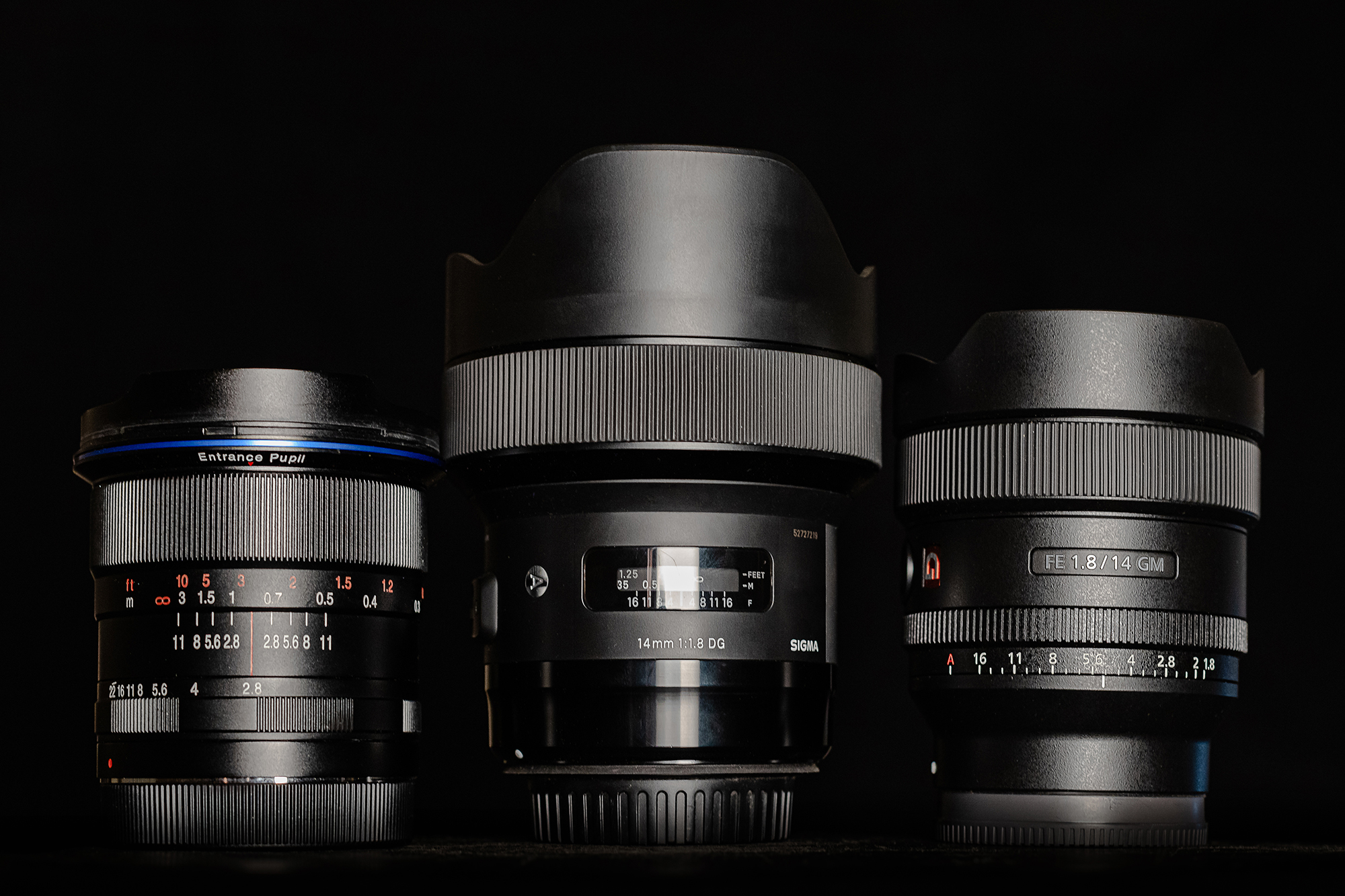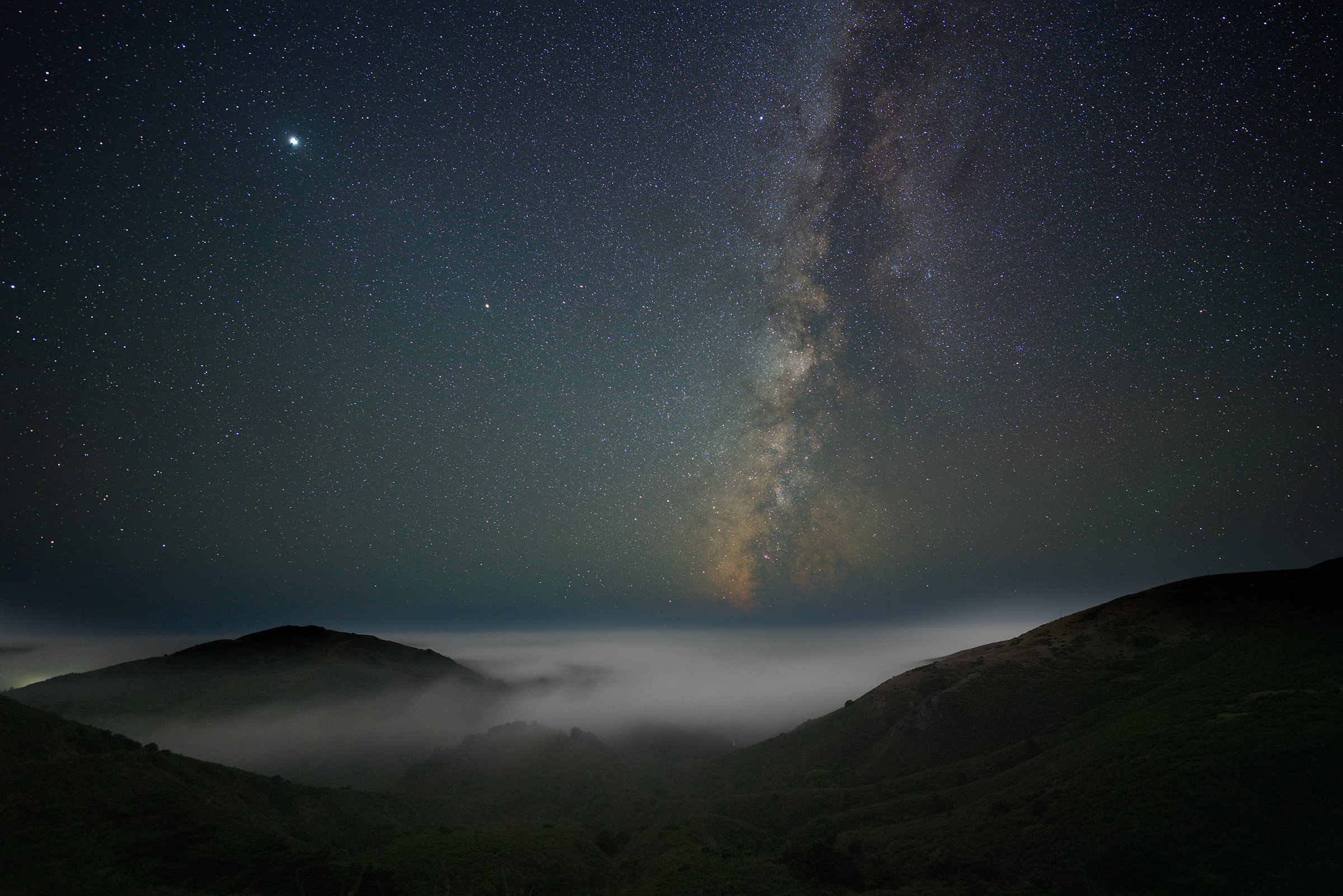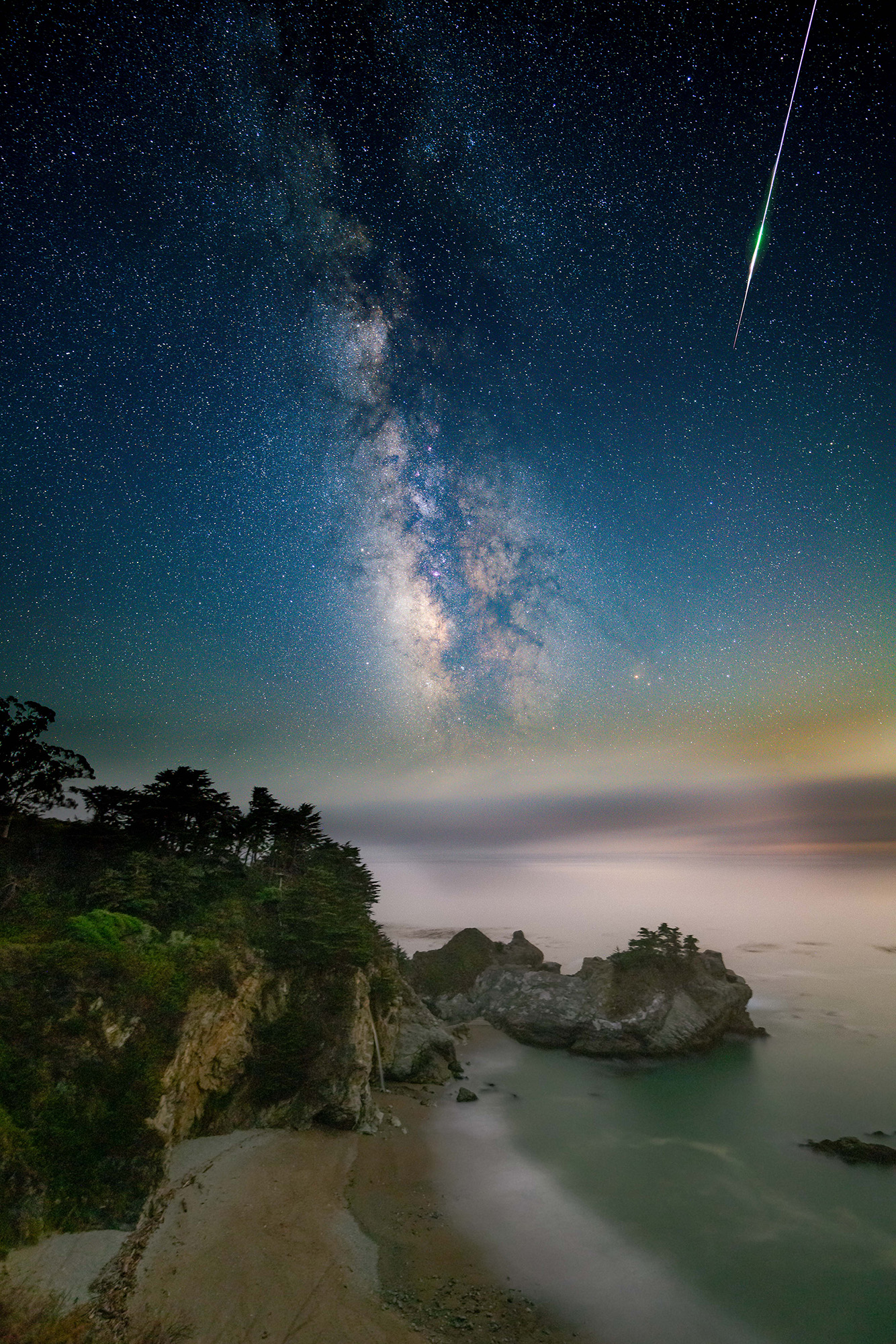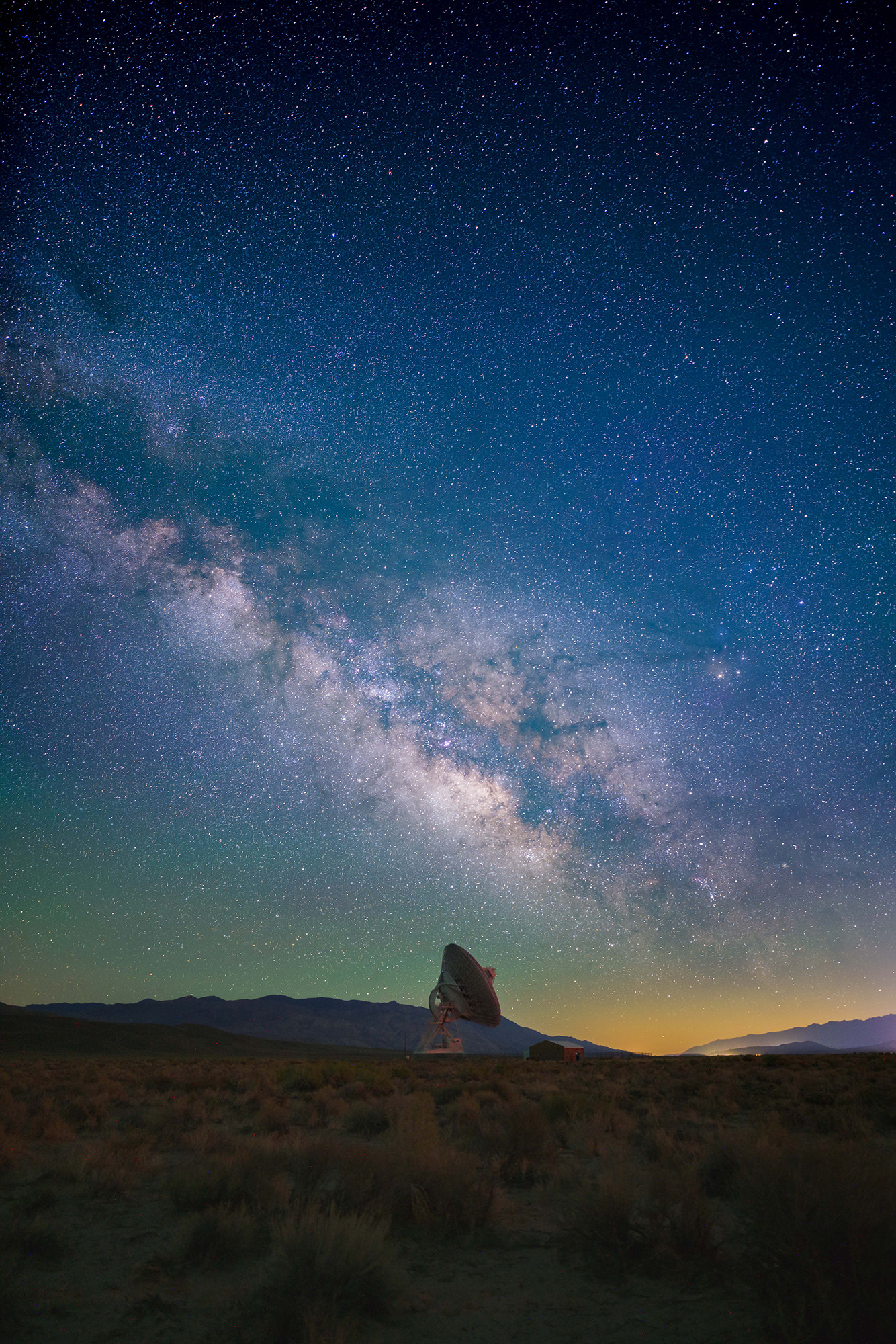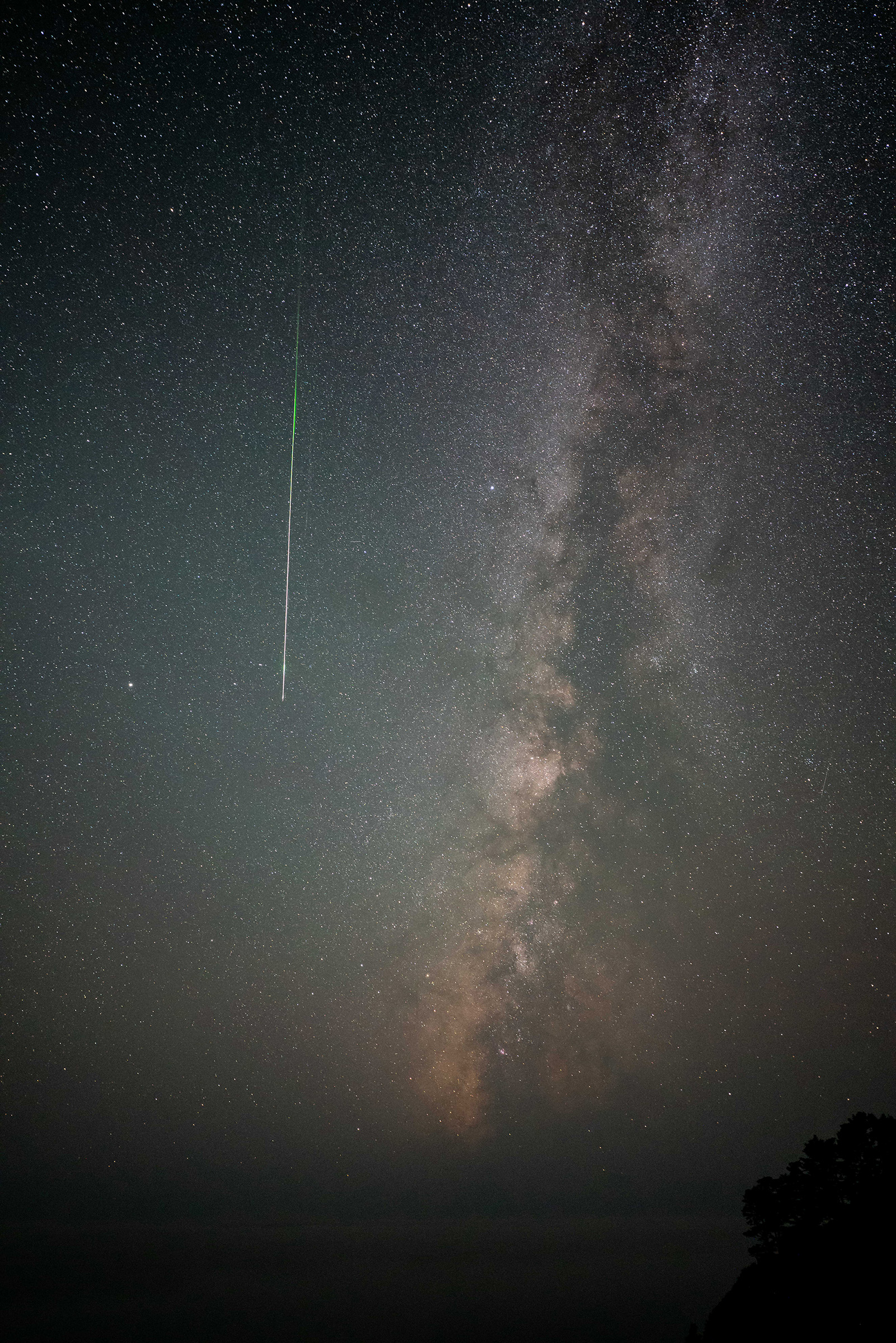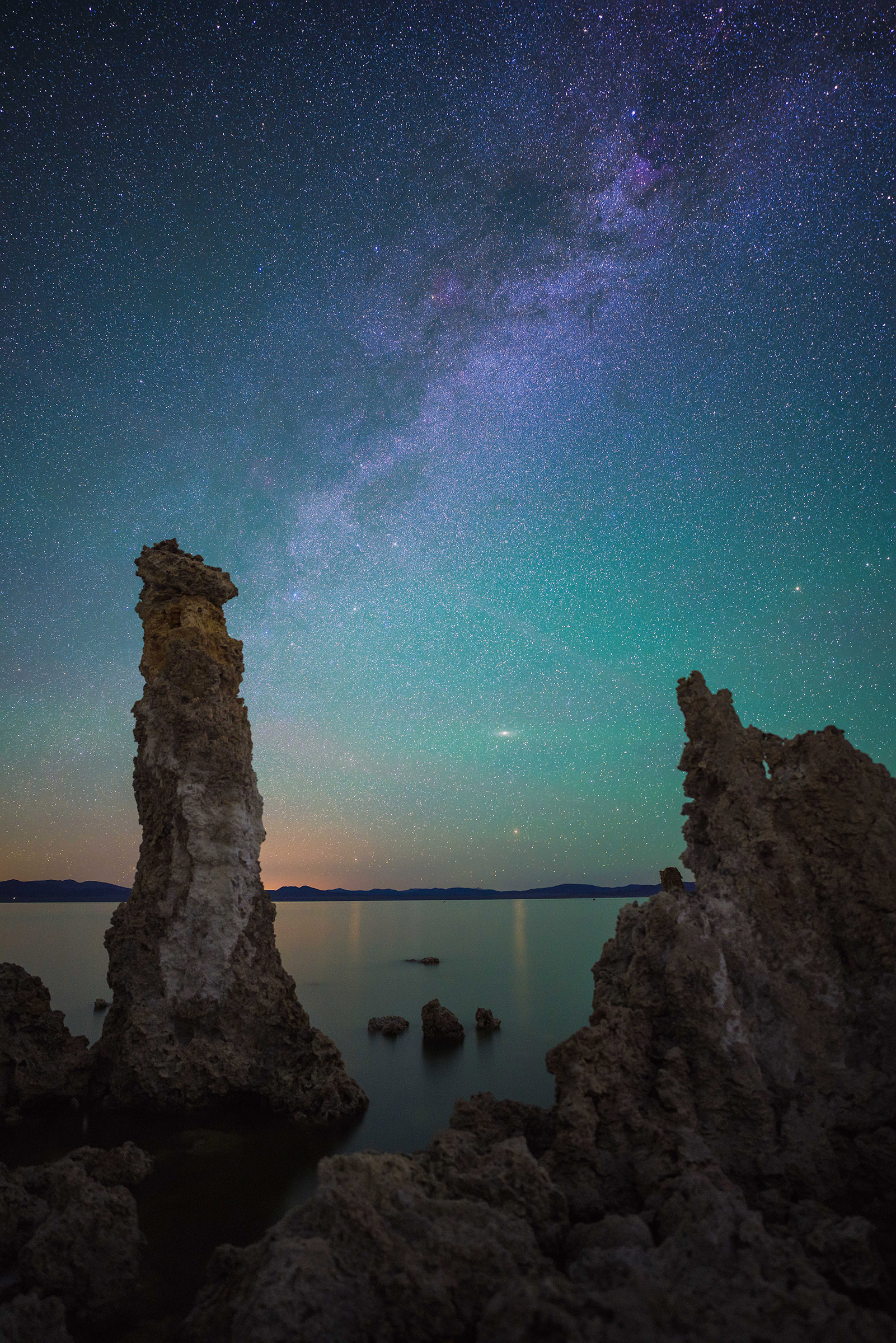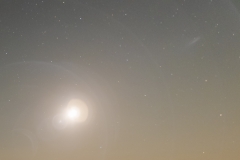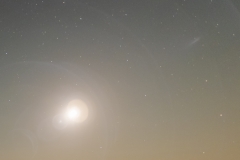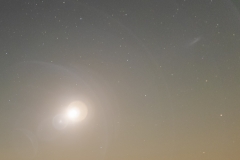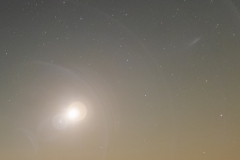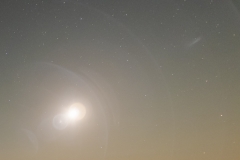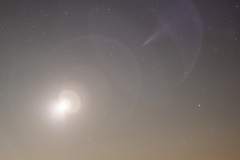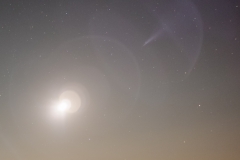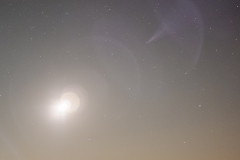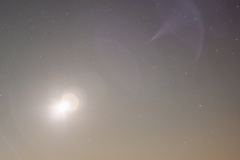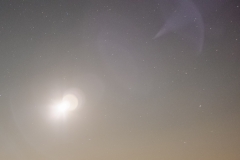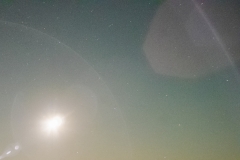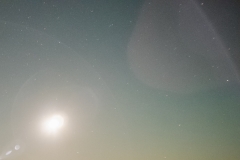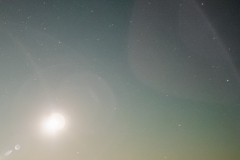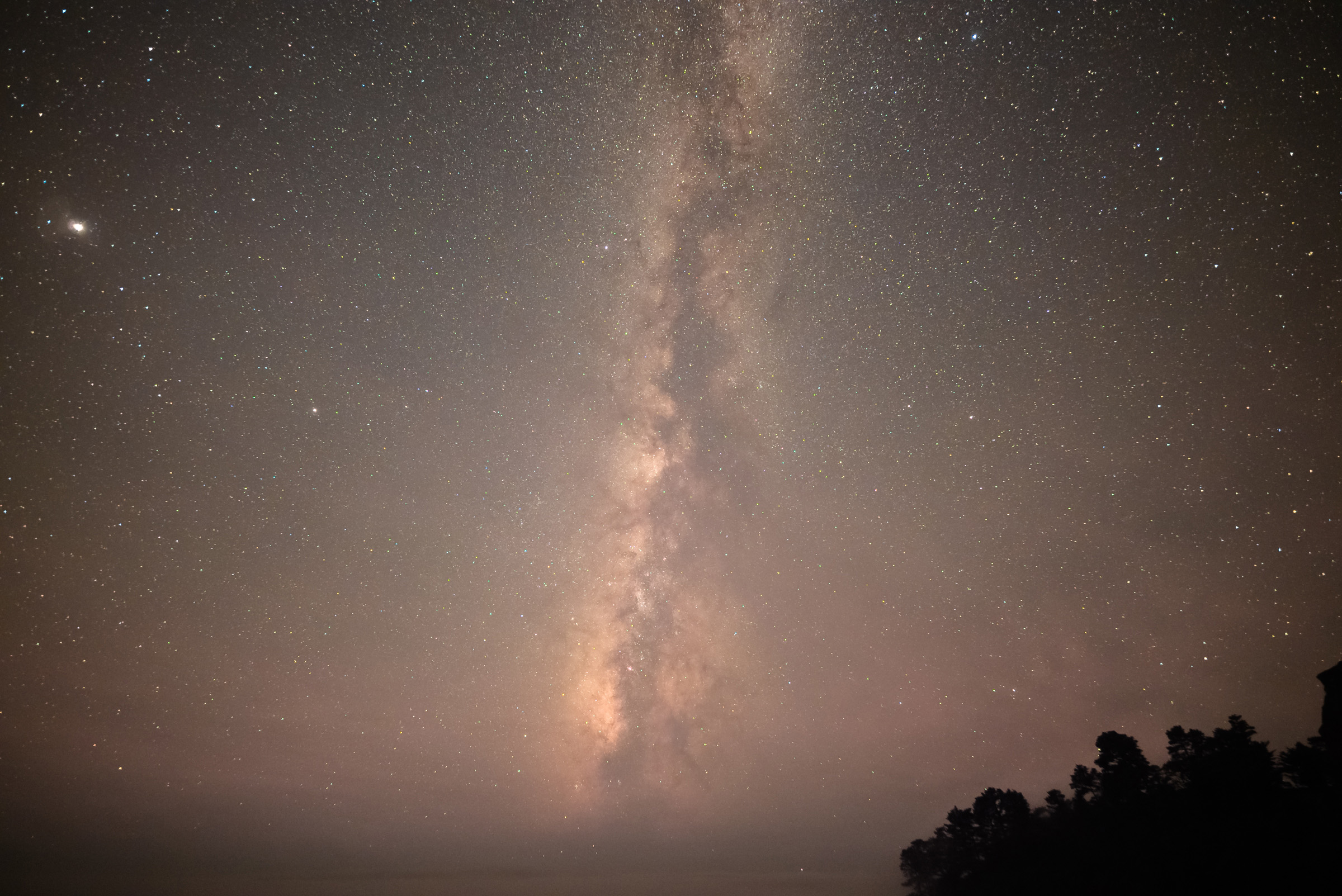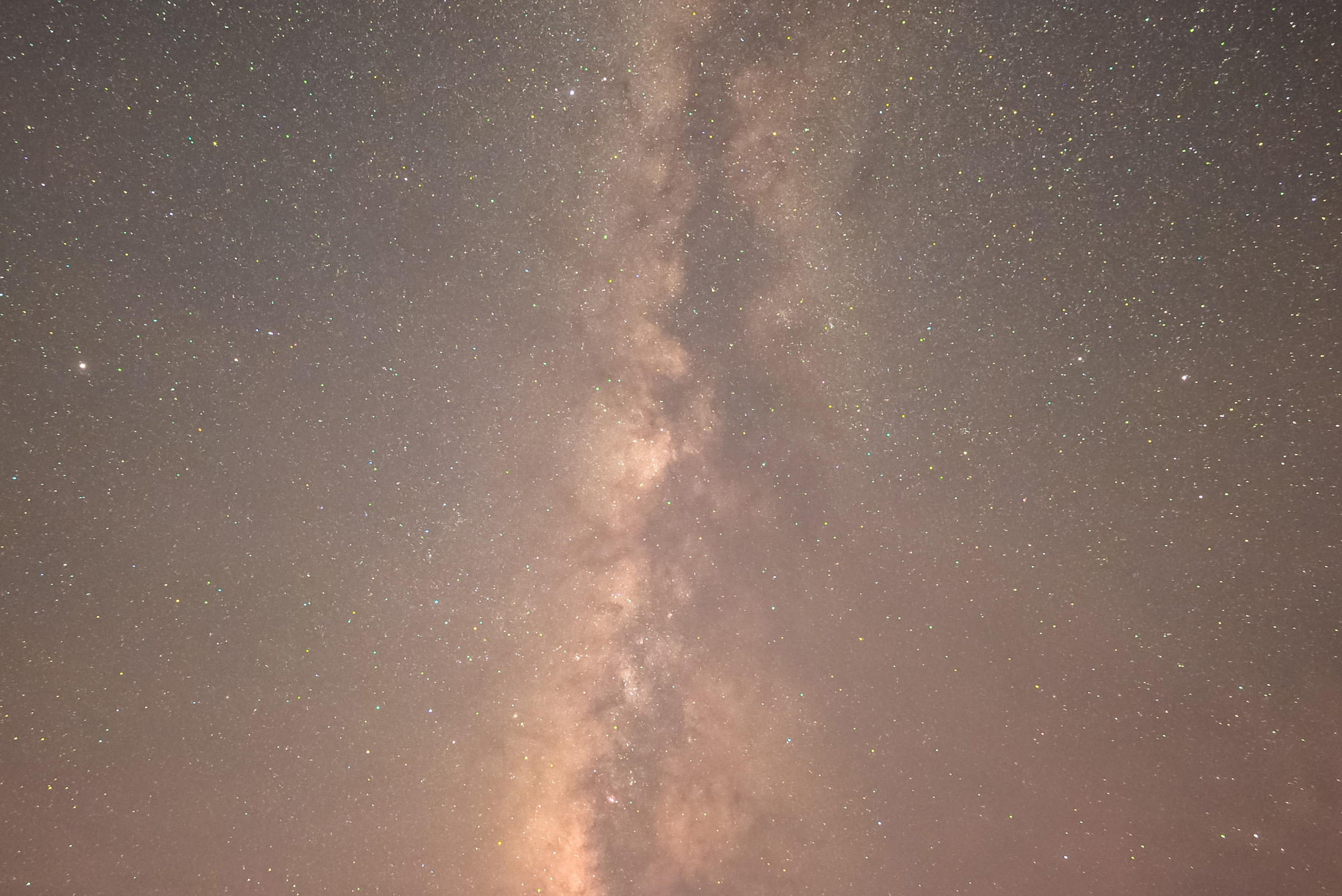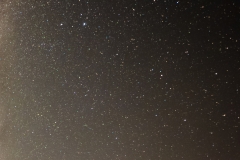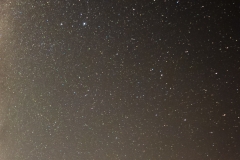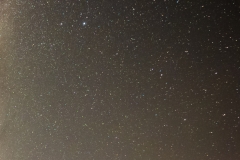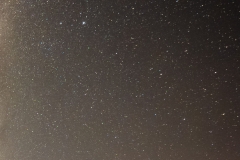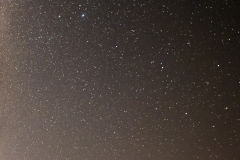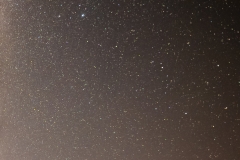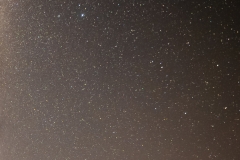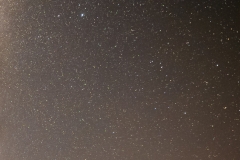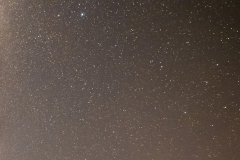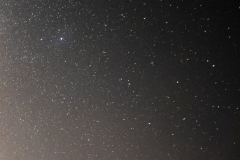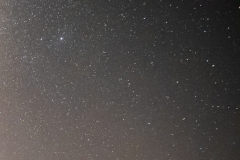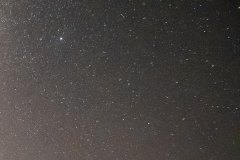Equipment
Testing the Best Ultra-Wide Lenses for the Perseids Meteor Shower
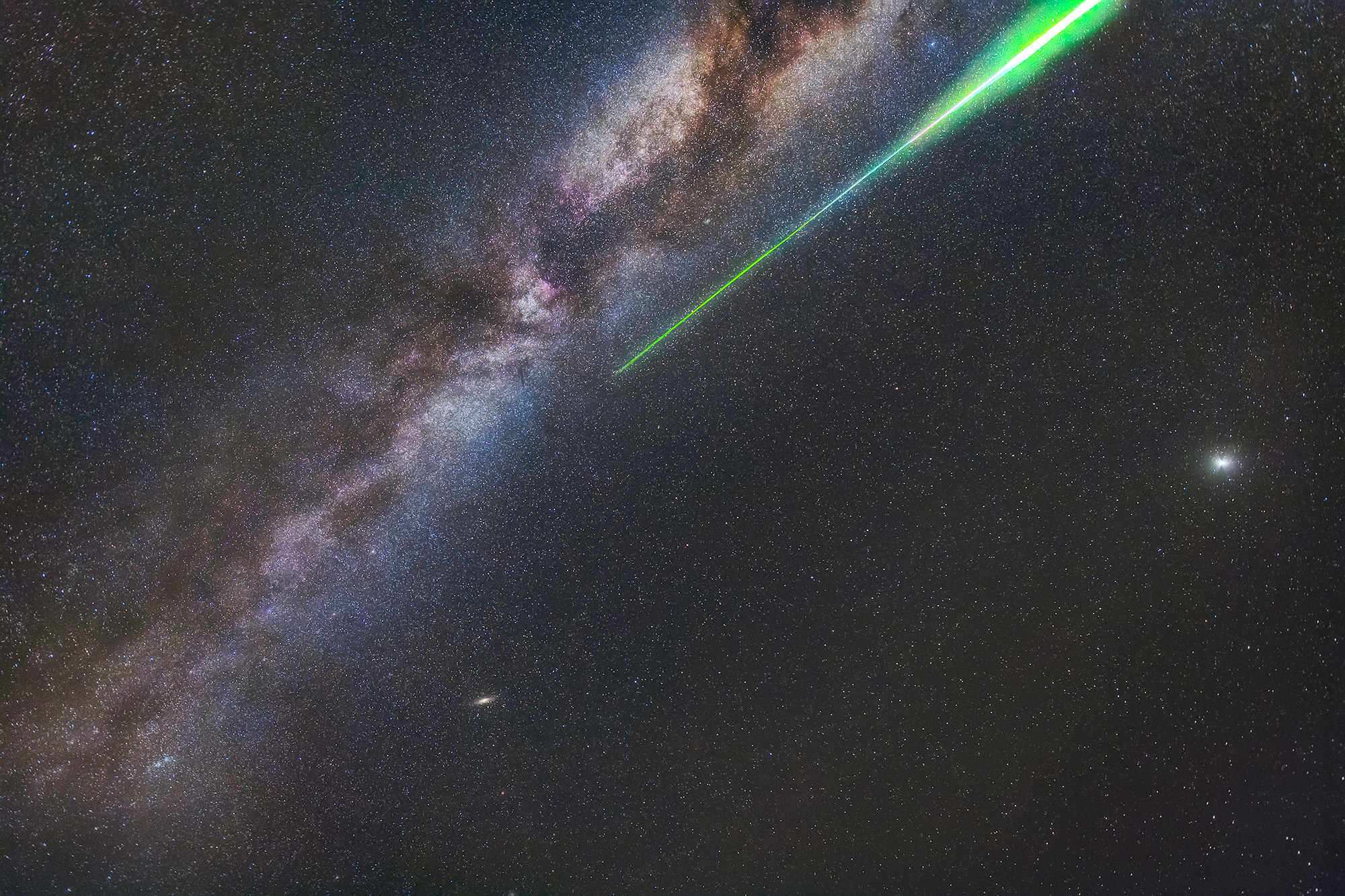
Meteor showers can be some of the most exciting celestial events to shoot, but they can also be quite the challenge to get a good meteor photo. With about ten years of practicing astrophotography and timelapse, one of the best lessons I’ve learned with increasing chances of a good meteor shot is: go wider, a lot wider.
For the 2021 Perseids Meteor Shower, Lensrentals kindly lent my friends and me some of the best ultra wide-angle primes to test. We went with the Sigma 14mm F1.8 Art, Sony 14mm F1.8 GM, and Laowa 12mm F2.8. Both wide angles and fast glass are crucial for astrophotography, especially meteor showers.
Before camera settings were even a concern, clear skies were our top priority. Initially, we planned for a backcountry trip in Yosemite but headed to Big Sur on the coast of California to avoid wildfire smoke and, of course, light pollution.
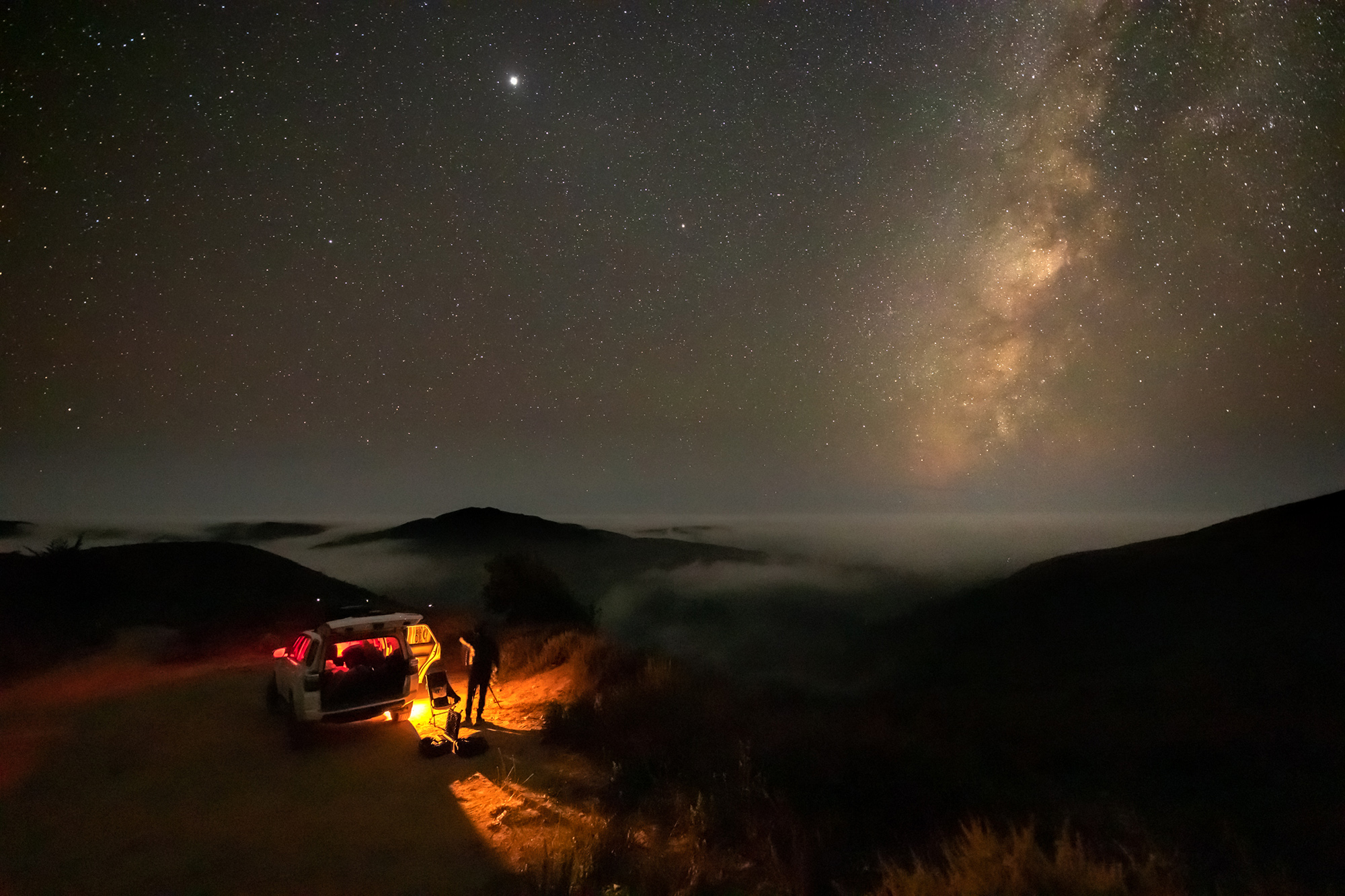
Canon 6D2
Sigma 14mm 1.8
F2.2 Aperture, 10” Shutter, 5000 ISO
The Perseid Meteor Shower is named after the Perseus constellation, where the meteors appear to come from. There is a stream of debris from the orbit of the Swift-Tuttle comet that causes the Perseid Meteor Shower every time Earth orbits through every year around August 9th and 14th. Knowing where Perseus is in the sky will help guide you where to aim your camera. Apps like Sky Guide are great to use in the field to help navigate the sky.
Once you have a composition you like and your settings are dialed (10-15 second shutter, F2.8 aperture or faster, and ISO1600+ is a good starting point), it’s time to wait for a meteor! Set your camera to timelapse mode to shoot photos consecutively with as little as time in-between frames. You can use the camera’s internal intervalometer or an external shutter. It’s impossible to predict the exact time a meteor will fly across your frame, so it’s a good practice to find an angle you like and run a timelapse until you see one enter your frame.
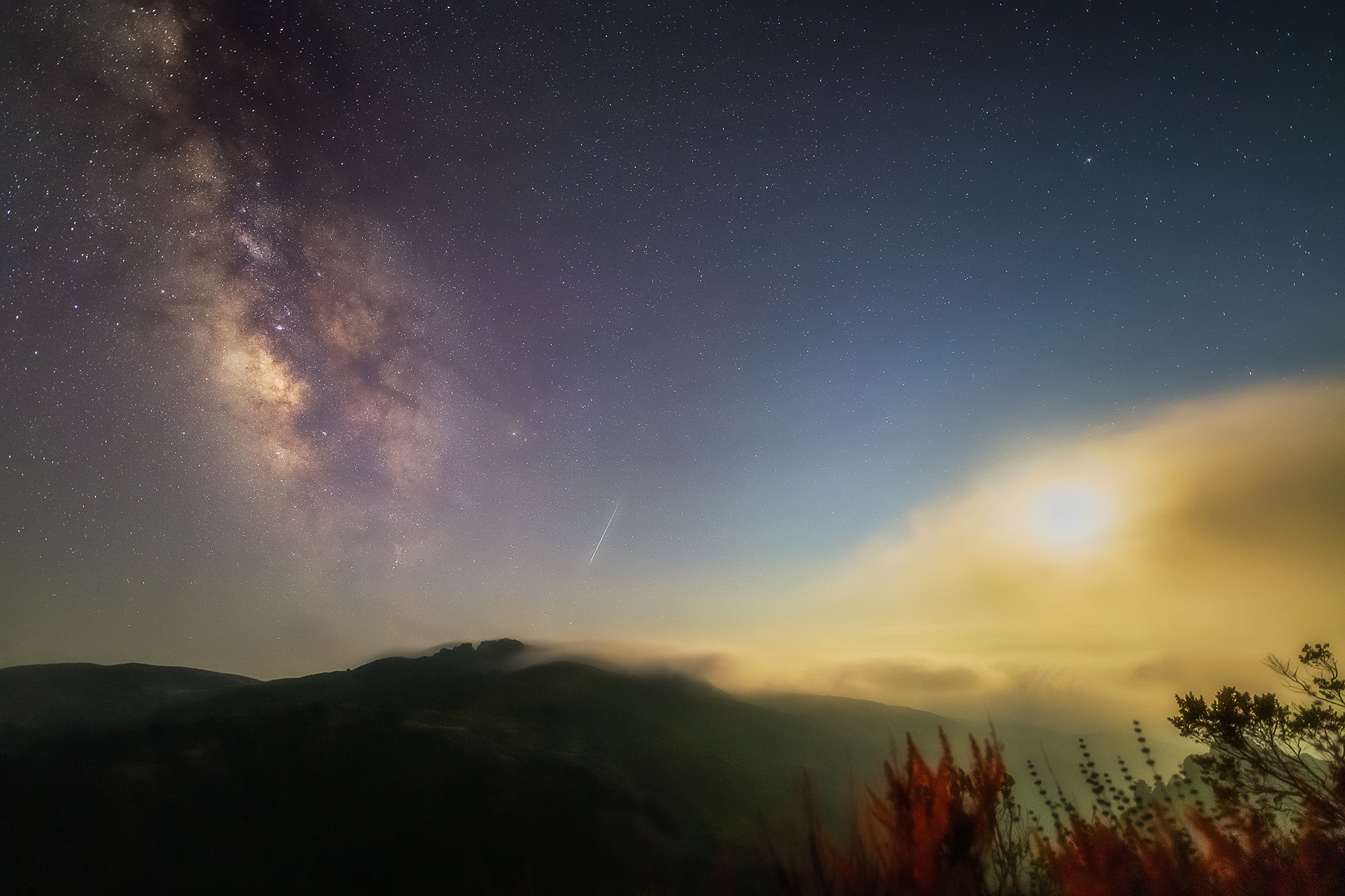
Canon 6D2
Sigma 14mm 1.8
F2 Aperture, 5” Shutter x 12 stacked for noise, 2500 ISO
I’ve shot with the Sigma and Laowa lenses before for astro, so it was nice to work with them again for a meteor shower. The Sony 14mm GM is a new lens I was eager to try out and compare against the Sigma 14mm. Overall, the Sony 14mm is my favorite of the three. It’s over twice as light as the Sigma and almost an inch shorter in length. All three lenses have bulbous front elements, so you can’t use screw-in filters, which isn’t the worst thing for astro. The Laowa is great for that extra 2mm wider look, but optically isn’t as sharp as the other two lenses wide open or stopped down.
The two 14mm perform quite well, even wide open at F1.8. Depending on the style of astro shooting, both of these lenses are of exceptional quality. If you’re backpacking or traveling light, the Sony is an obvious choice. If the shooting location is where you park or not far of a walk, the Sigma’s extra weight and size isn’t an issue. When it comes down to image quality, both of these lenses will perform phenomenally.
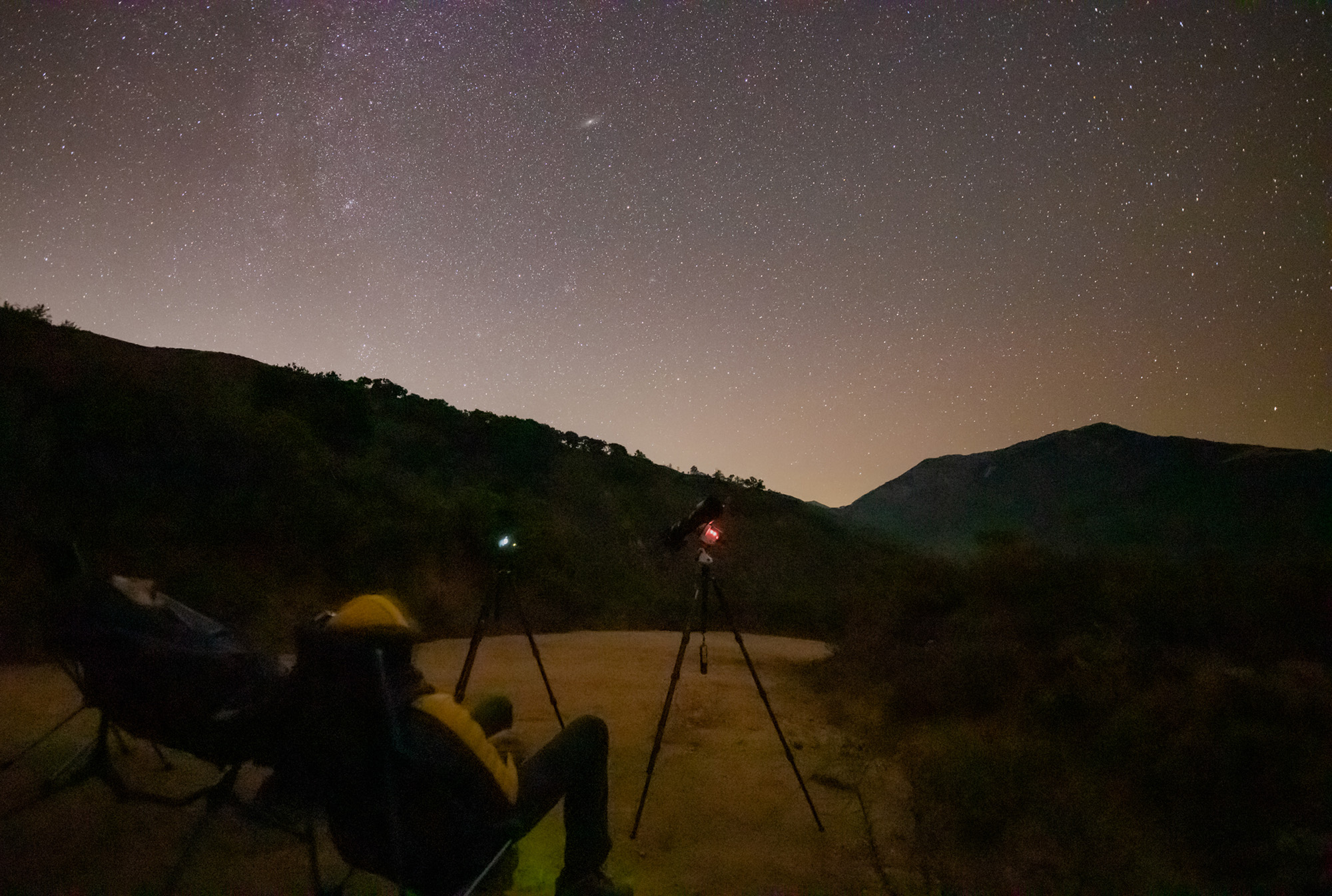
Canon 6D2
Sigma 14mm 1.8
F1.8 Aperture, 10” Shutter, 5000 ISO
I’d take the Laowa 12mm over the 14mm primes when I know I need as much sky as possible in my frame. You can fit a lot of the Milky Way at 12mm! It’s great for squeezing as much foreground into your frame without losing the sky. Another factor that plays a part in using the Laowa 12mm is your camera’s low light performance. My Sony A7S3 can perform at ISO’s up to 51K with little issue, so an F2.8 aperture isn’t a problem. My Canon 6Dmk2 isn’t as great for low light, so the Sigma 14mm F1.8 was the lens I liked the most on that setup.
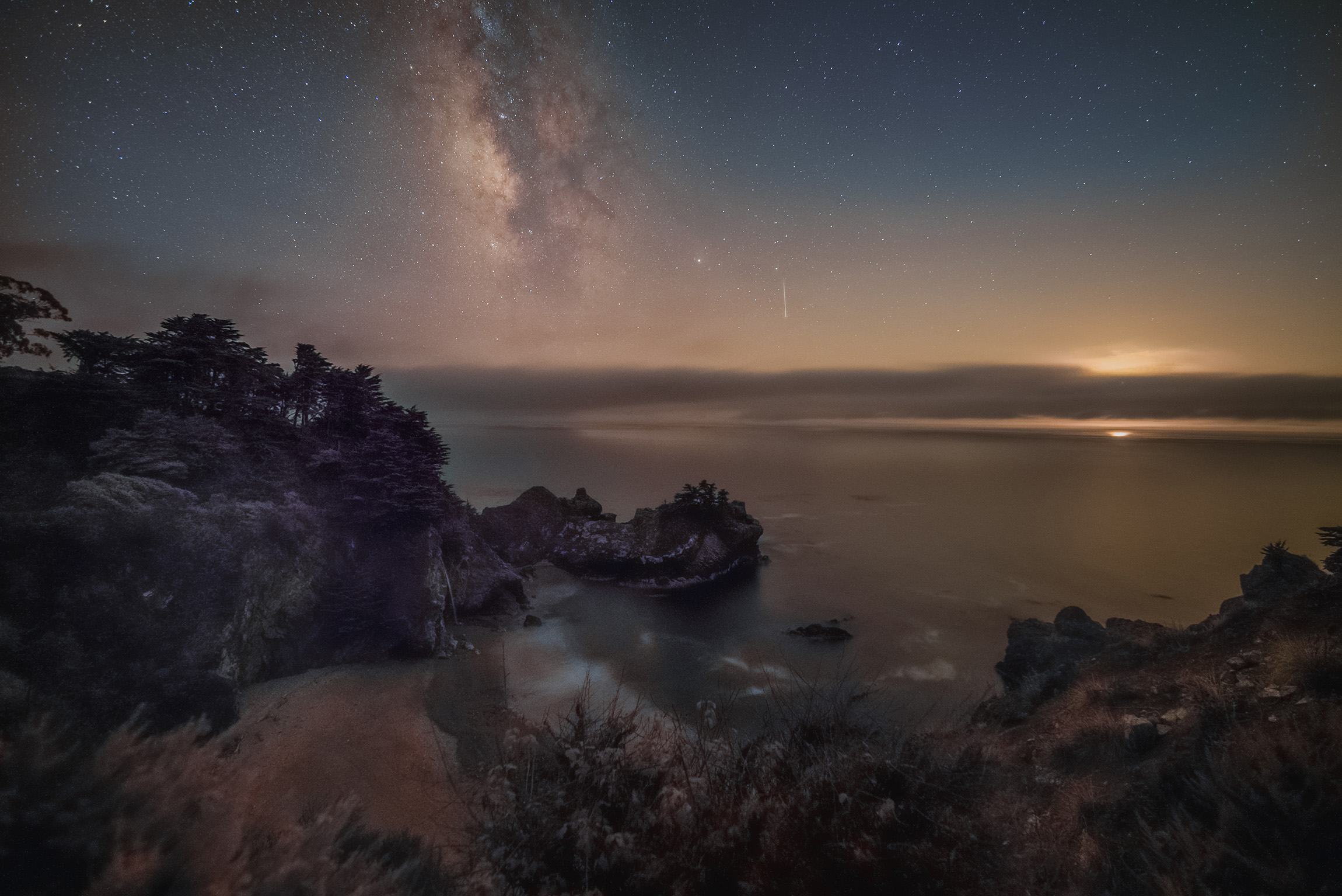
Full Spectrum Sony A7S3
Sigma 14mm 1.8
F2.2 Aperture, 3.2” Shutter x 12 stacked for noise, 3200 ISO
My astrophotographer friend Abdul Dremali, who joined me on the trip had the following to say about the Sony 14mm.
I spent most of my time with these lenses glued to the 14mm Sony. I typically shoot my wide-field astrophotography at 20mm but the blend of a fast aperture with that extra 6mm of focal length is a game-changer on the Sony A7RIII’s high resolution sensor. The pixel density of the Sony R cameras limits my exposure times beyond what is typical for astrophotography as star trailing appears more easily across the smaller pixels, having a bit extra focal length ensures that my stars are sharp while leaving me plenty of room to crop.
Sony A7R3
Sony 14mm F1.8
F1.8 Aperture, 15” Shutter, 3200 ISO
By Abdul DremaliSony A7R3
Sony 14mm F1.8
F1.8 Aperture, 15” Shutter x 10 stacked for noise, 3200 ISO
By Abdul DremaliIn comparison to the Sony 20mm, I find the 14 to be exceptional, especially in the corners. The ability to shoot this wide on such a high resolution camera and retain such detail in the stars and milky way core is going to be most noticeable when I bring my photos to print. The extra exposure time means I can drop my ISO a full stop, which leaves me with more detailed foregrounds that print more smoothly. Overall I would buy the hell out of this lens, and actually plan to in the immediate future.
Sony A7R3
Sony 20mm F1.8
F1.8 Aperture, 13” Shutter x 10 stacked for noise, 10,000 ISO
By Abdul DremaliSony A7R3
Sony 20mm F1.8
F1.8 Aperture, 15” Shutter, 6400 ISO
By Abdul DremaliSony A7R3
Sony 20mm F1.8
F1.8 Aperture, 13” Shutter x10 stacked for noise, 10,000 ISO
By Abdul DremaliMore of Abdul’s work can be found on his website, Patreon, and Instagram.
Depending on what camera body you have, I’d recommend the Sigma 14mm or the Sony 14mm as a wide-angle prime for astrophotography. The extra range in the aperture will allow you to let in much more light to minimize the noise in your images. As a timelapse filmmaker, the extra aperture also allows me to use a shorter shutter speed to expose the night sky, letting me collect more frames in a shorter time. Now let’s look at some image examples!
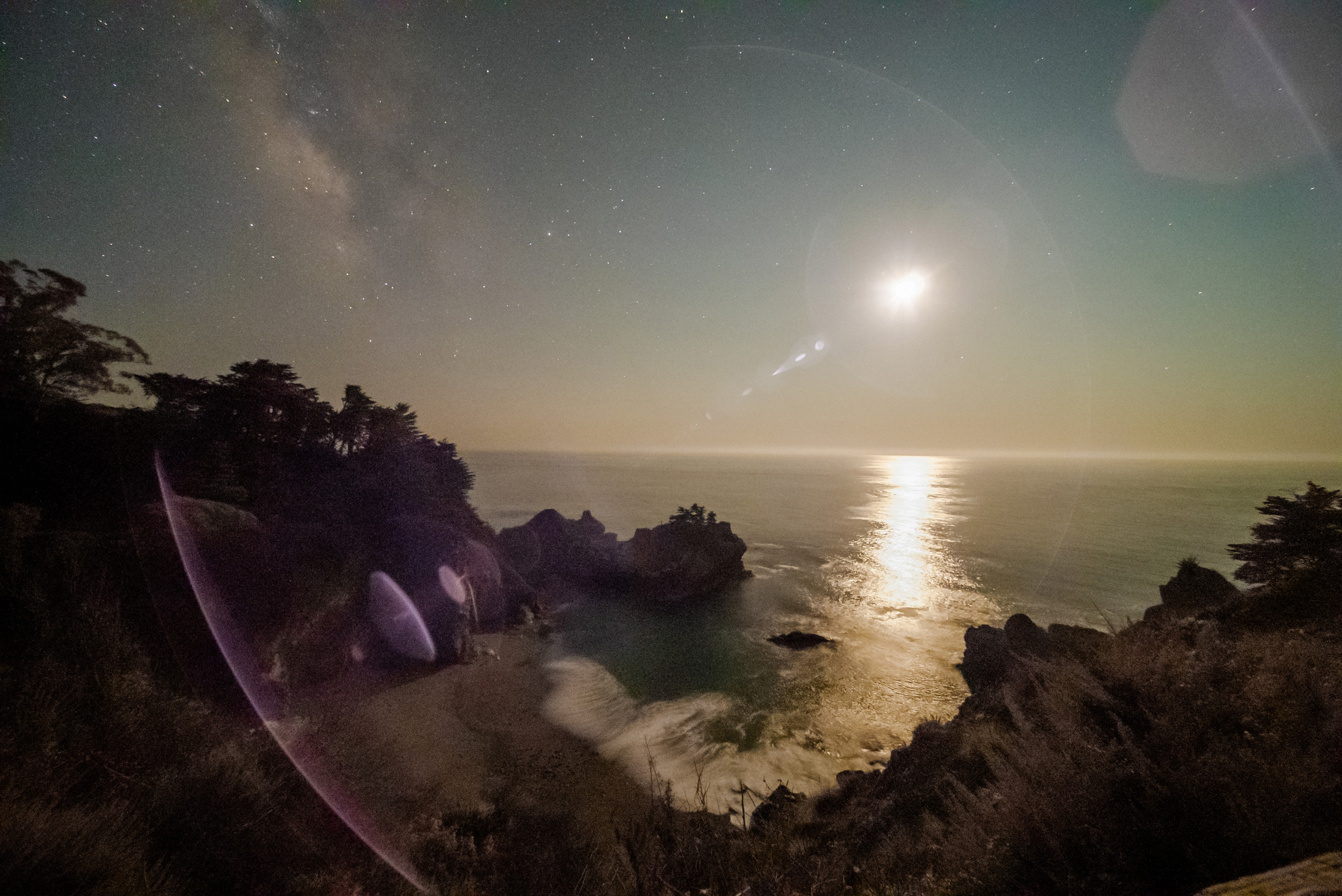
Laowa 12mm 2.8 2.5” F2.8 ISO 40,000
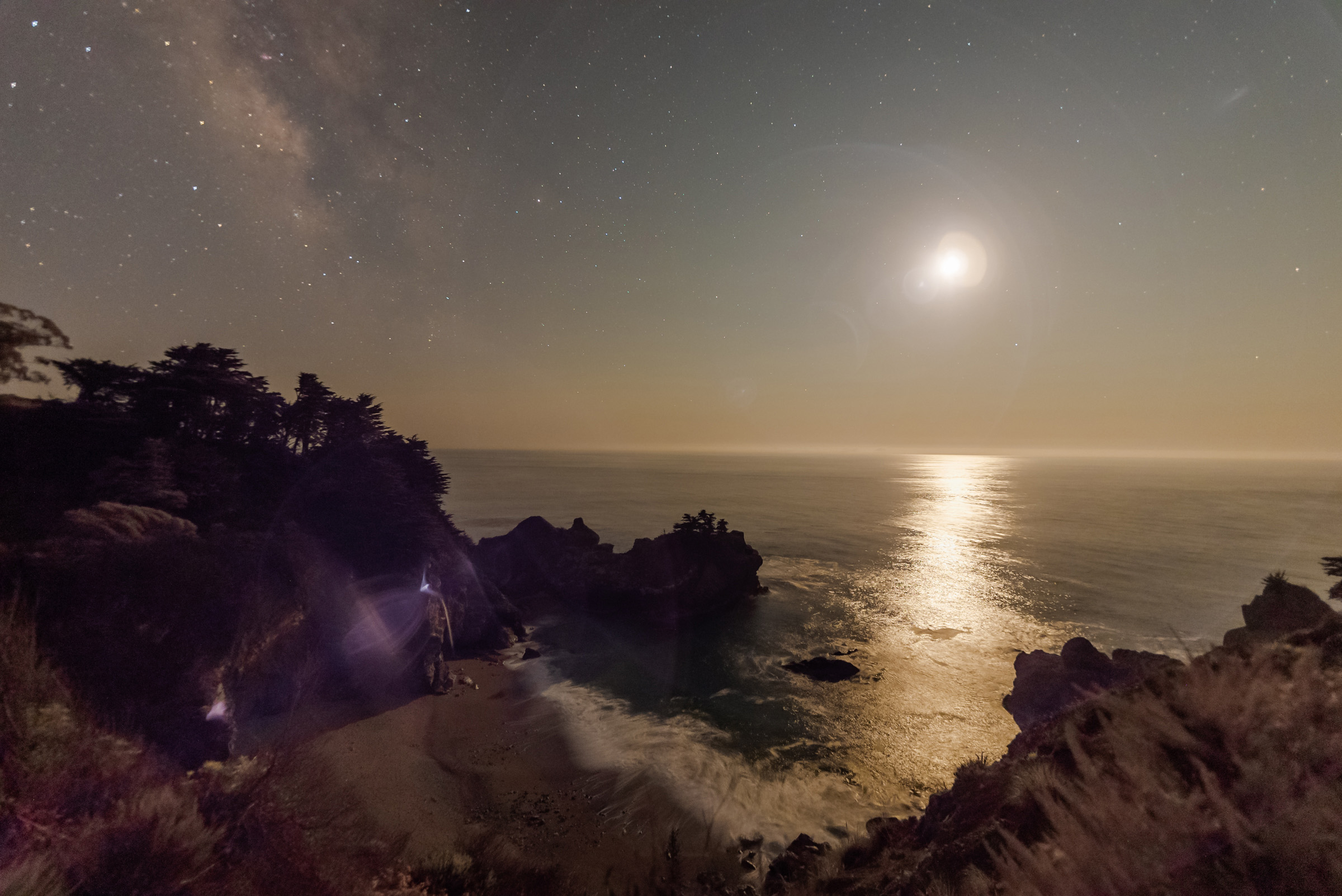
Sigma 14mm 1.8 2.5” F1.8 ISO2500
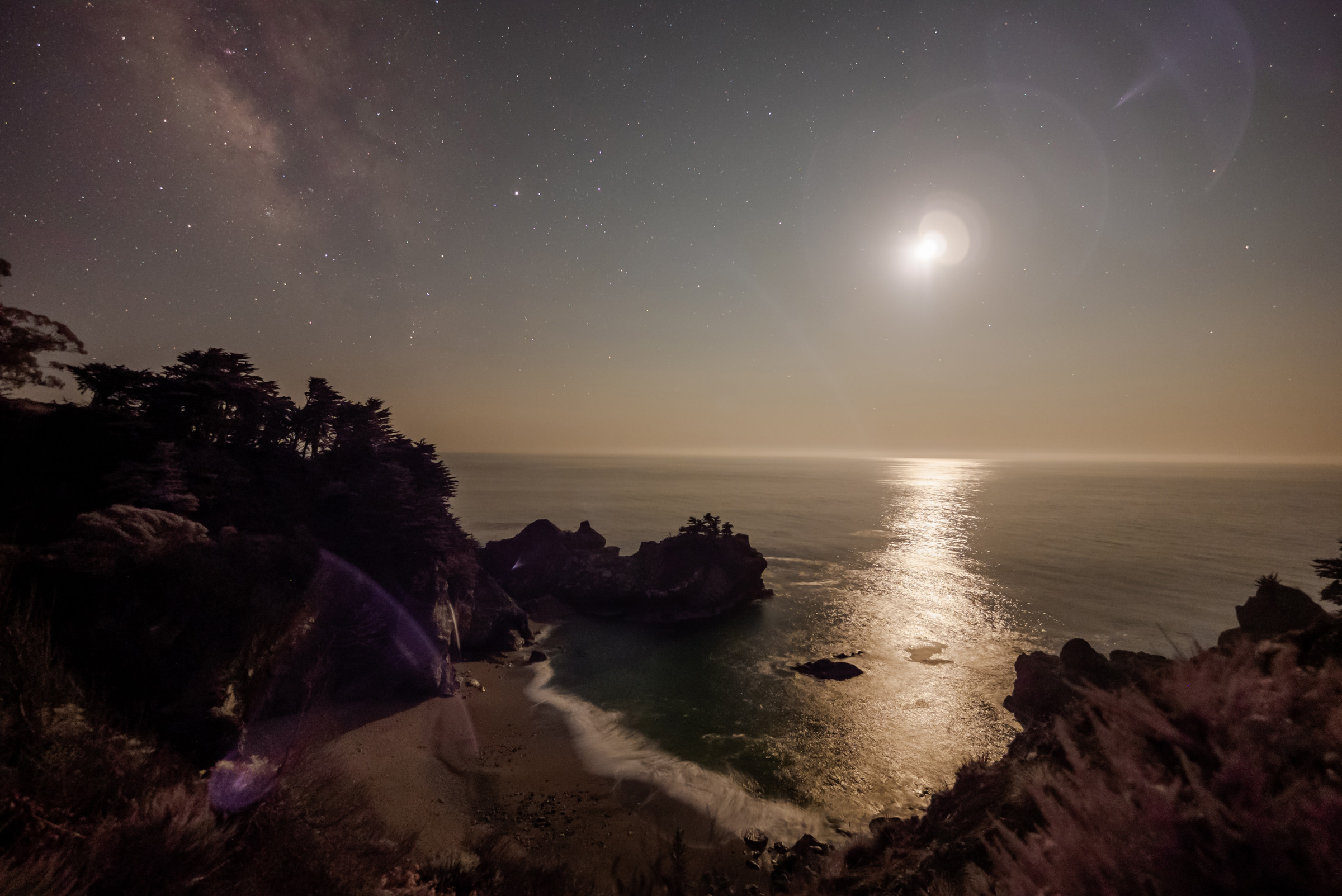
Sony 14mm 1.8 2.5” F1.8 ISO2500
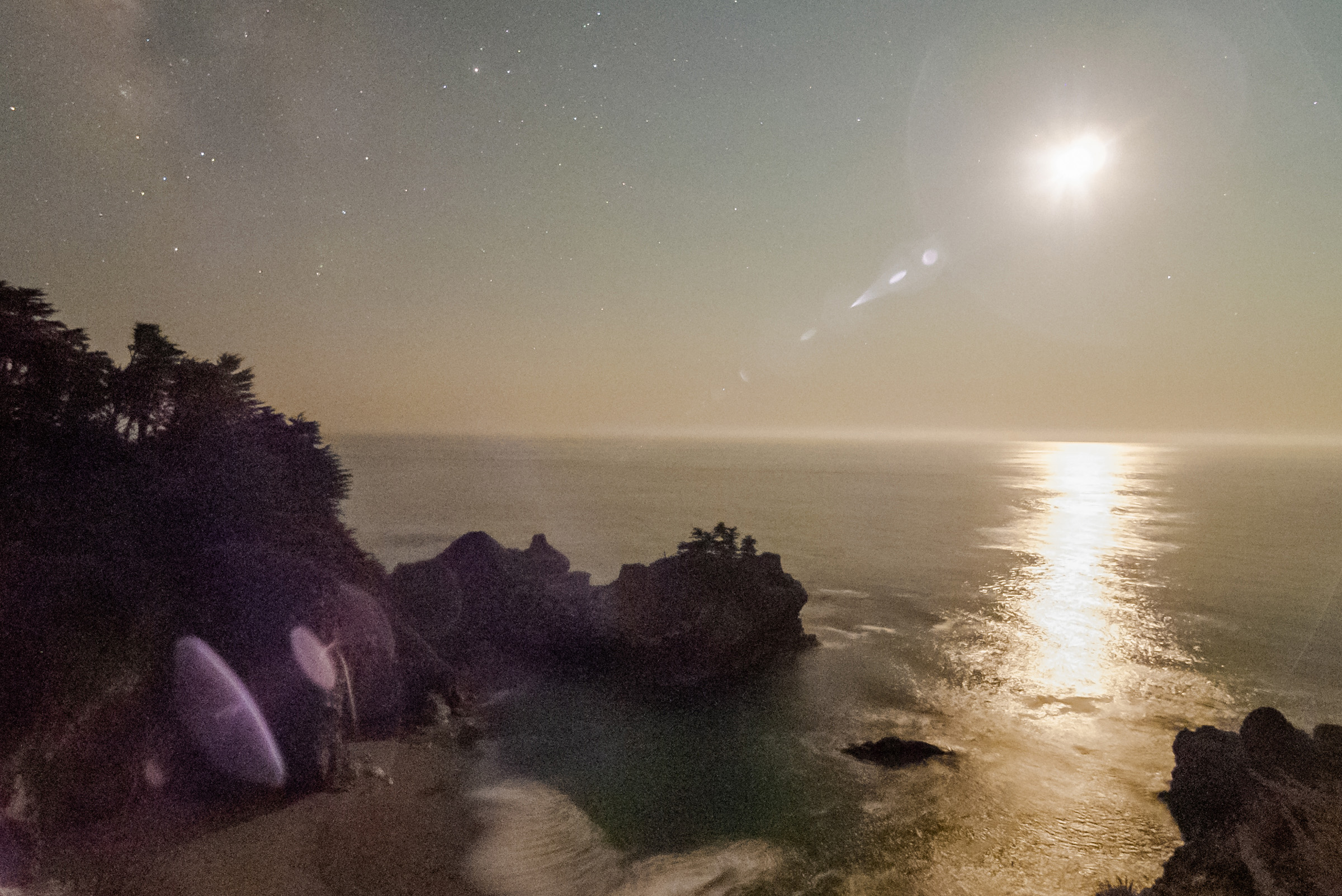
Cropped in Center
Laowa 12mm 2.8 2.5” F2.8 ISO 40,000
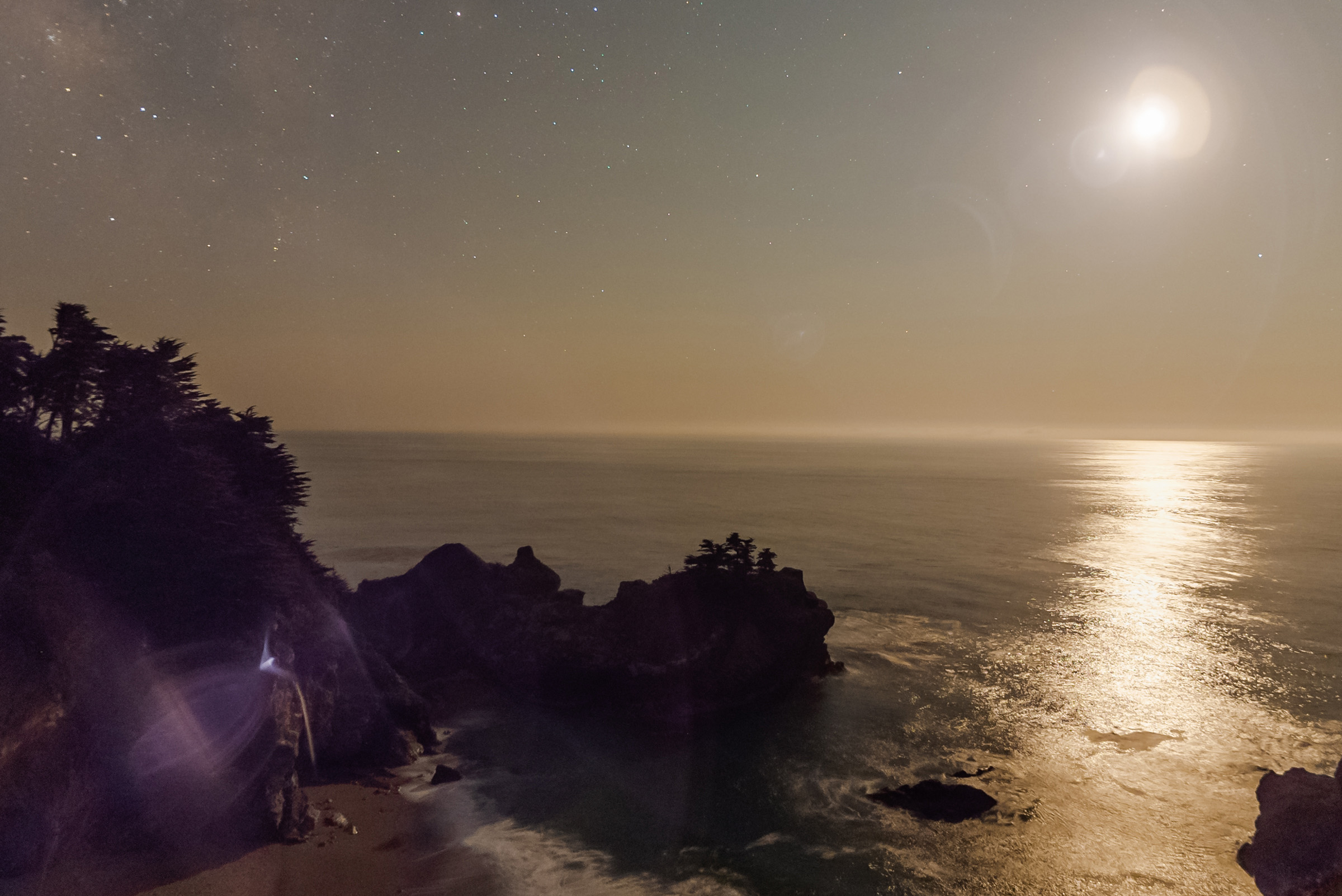
Cropped in Center
Sigma 14mm 1.8 2.5” F1.8 ISO2500
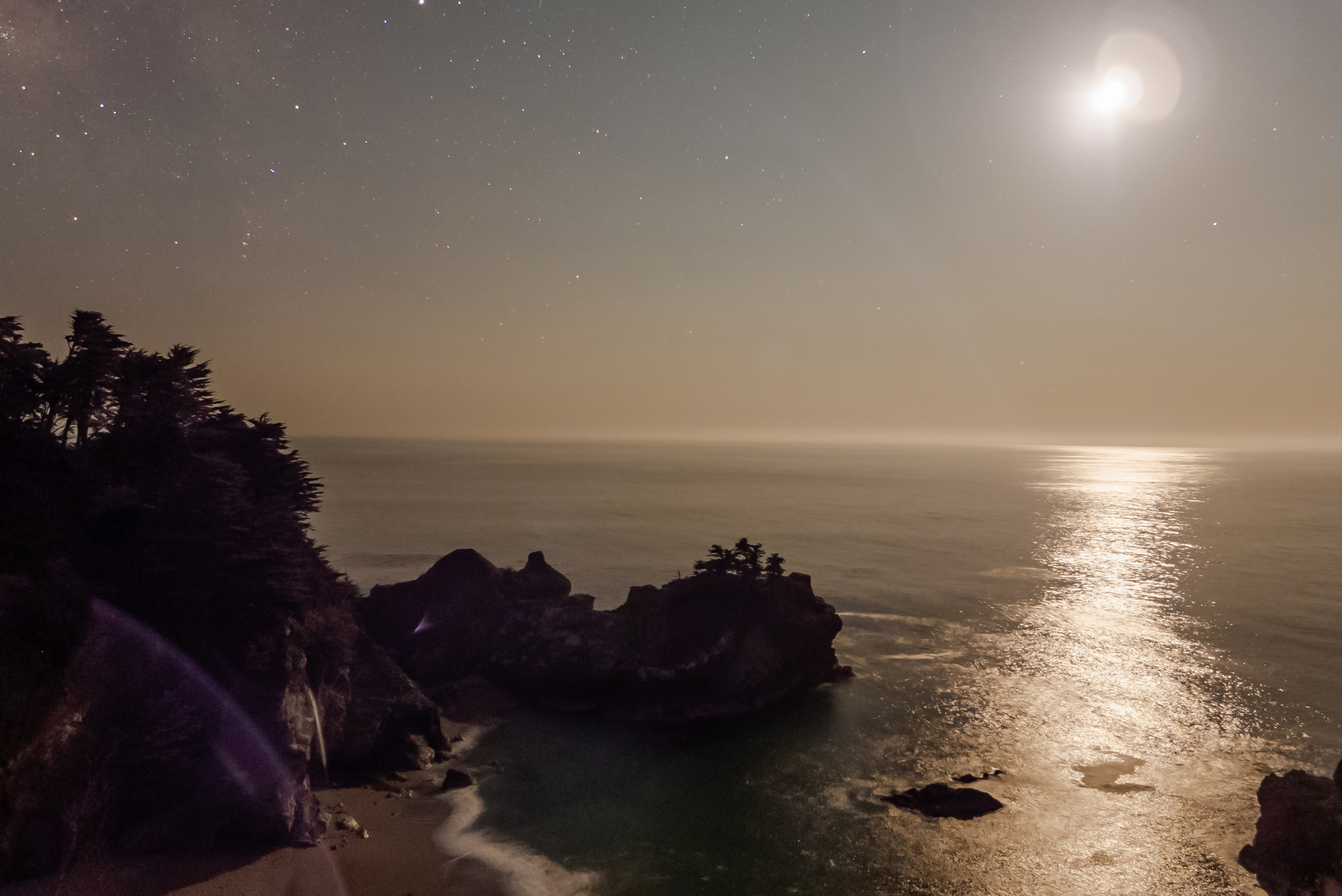
Cropped in Center
Sony 14mm 1.8 2.5” F1.8 ISO2500
Sigma 14mm Corners
Sony 14mm Corners
Laowa 12mm Corners
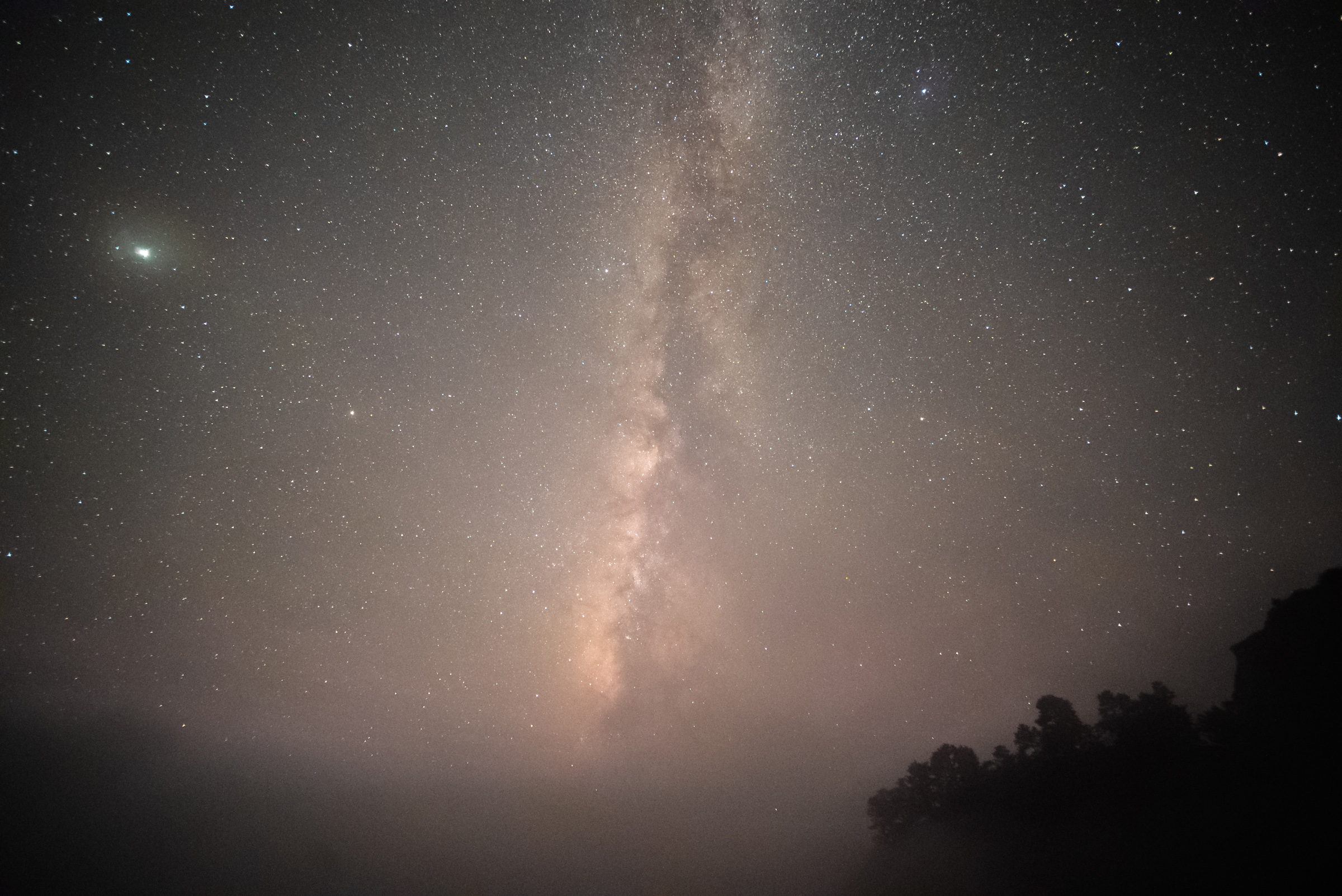
Laowa 12mm 2.8 10” F1.8 ISO25,600
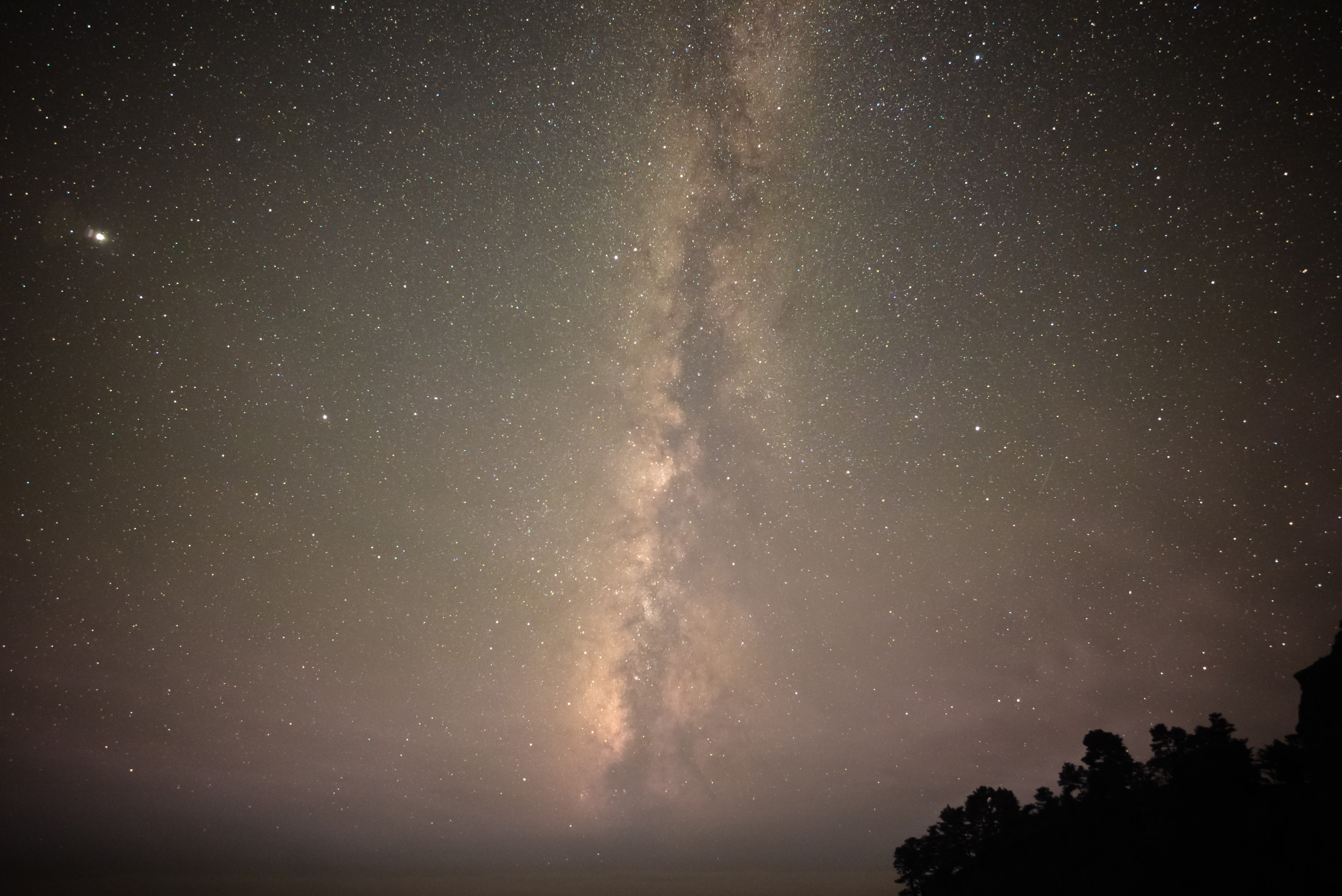
Sony 14mm 1.8 10” F1.8 ISO2000
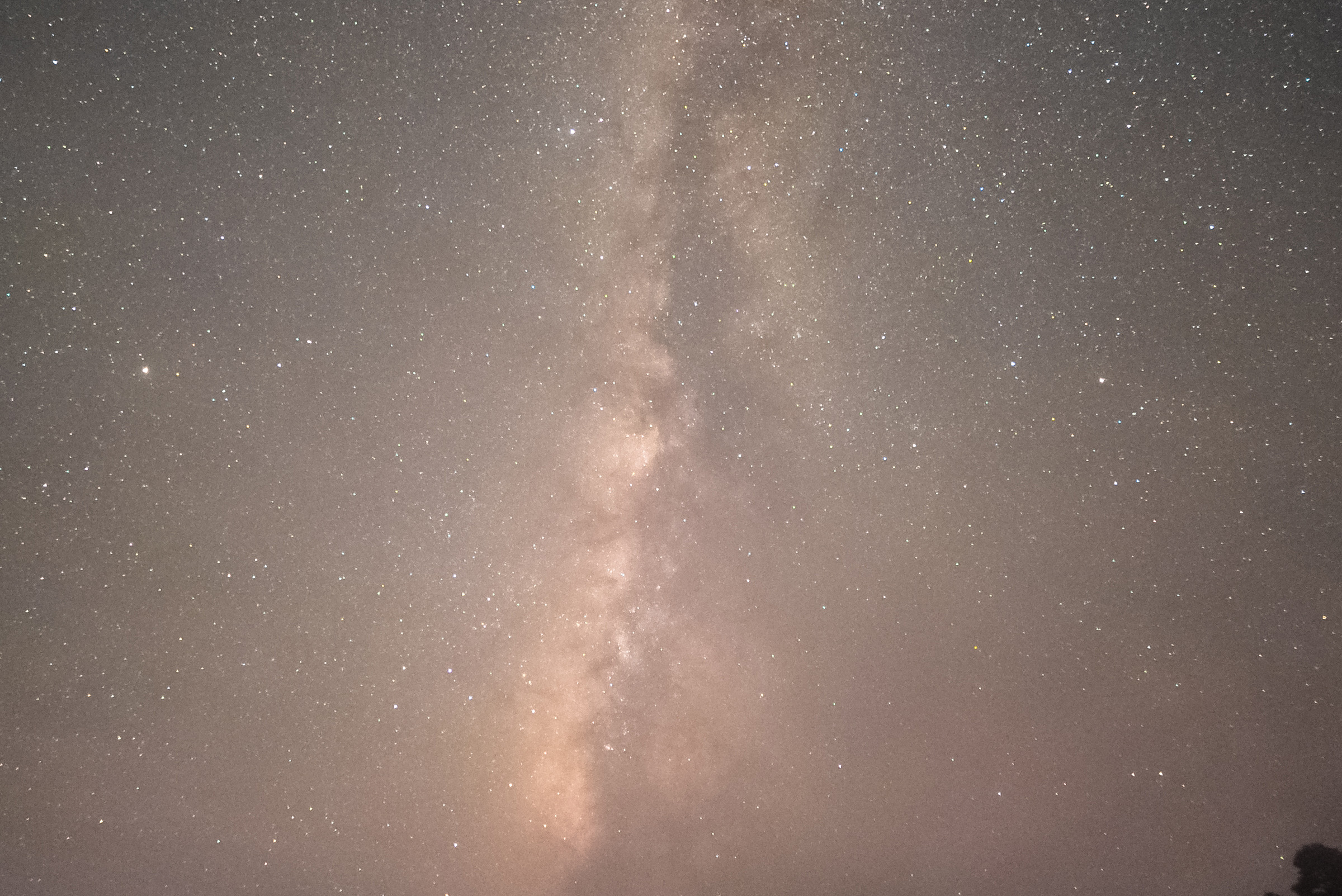
Center Crop
Laowa 12mm 2.8 10” F1.8 ISO25,600
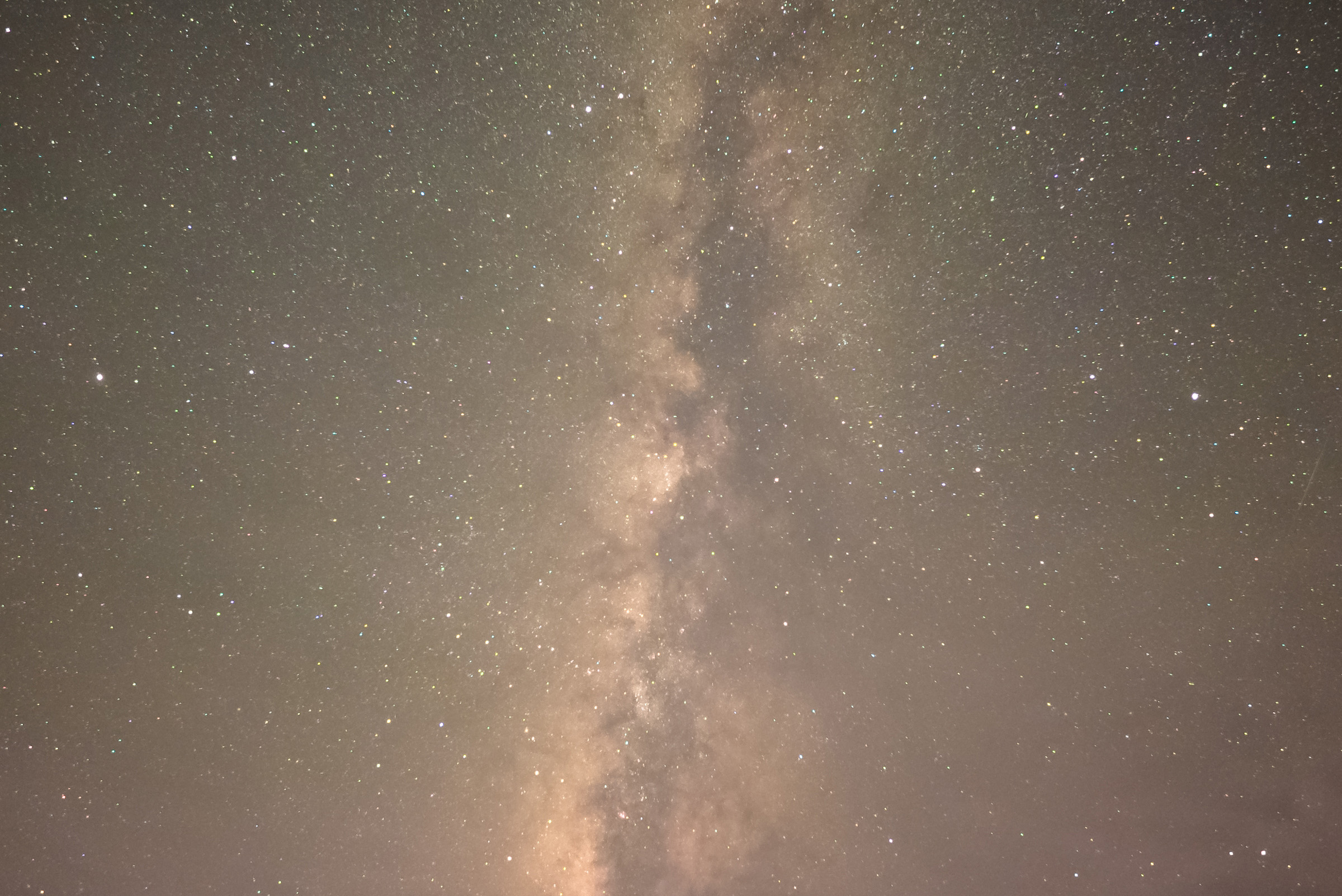
Center Crop
Sony 14mm 1.8 10” F1.8 ISO2000
Sony Corner Test #2
Sigma Corner Test #2
Laowa Corner Test #2
This test includes a few comparison shots, showing full uncropped, center crop, and corner crop at various apertures on these lenses. The test was shot on a full spectrum Sony A7S3 which produces unique flares compared to a stock camera body. The sharpness of corners and vignetting are the main focus of the test, and no lens corrections were applied in Lightroom during batch processing of the images.
That concludes the lens test across all three lenses shot on a full spectrum Sony A7S3. While the flares are unique to the camera, the overall sharpness and corner aberrations and vignette are shown across multiple aperture settings in these two test shot compositions. If I could only have 1 of these lenses, it’d be the Sigma 14mm or Sony 14mm, depending on what camera body I would use. I’d use the Laowa 12mm whenever I have a crazy shot in mind that needs all 12mm.
If you find yourself planning to shoot a meteor shower, consider using or renting an ultra wide-angle prime at least 14mm wide. You may even get lucky and capture a shooting star!
Author: Justin Hartney
I’m an astro-photographer and timelapse filmmaker based in Los Angeles. Using specialized cameras and equipment, I capture what our eyes can’t see revealing the wonders of the universe.
-
David Alexander
-
Justin Hartney
-
Justin Hartney
-
Friedhelm
-
geekyrocketguy
-
Stanislaw Zolczynski
